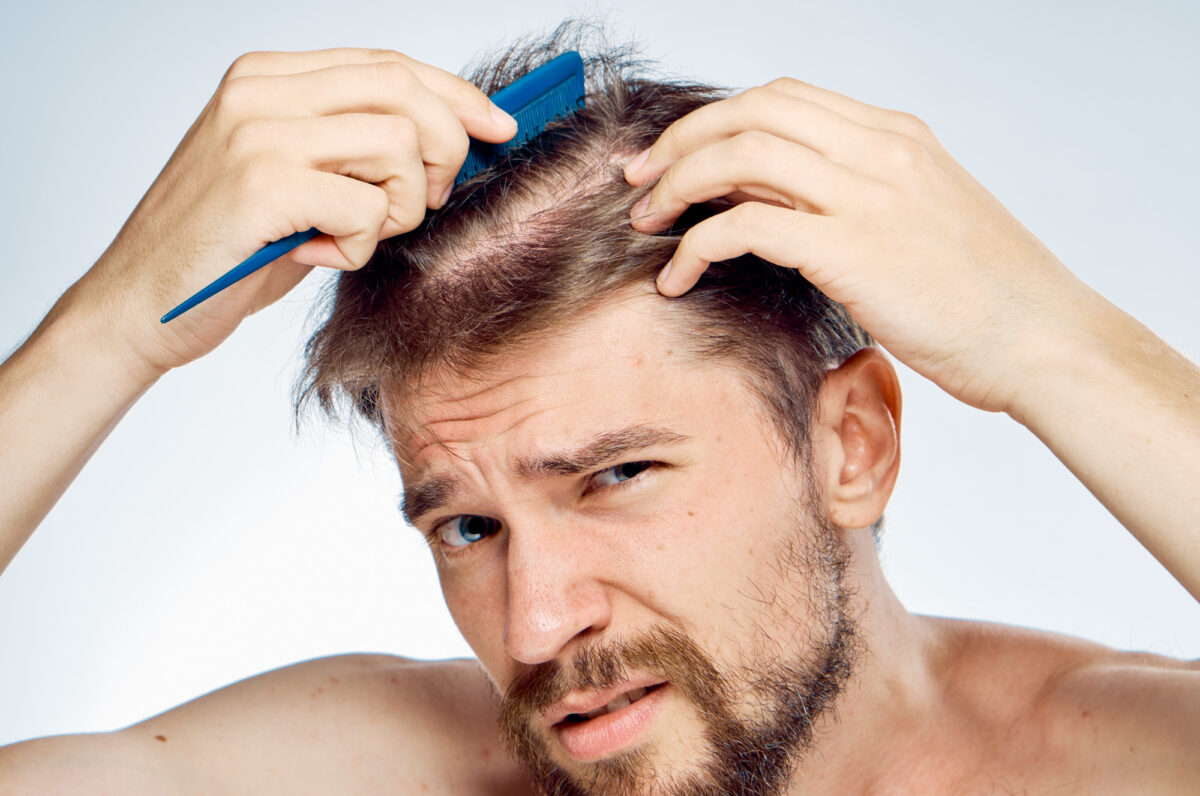Recognizing the early signs of hair thinning can be crucial for addressing the issue before it progresses. Hair thinning, a common concern for many, can be caused by a variety of factors including genetics, hormonal changes, nutritional deficiencies, stress, and certain medical conditions. Here are several key indicators that can help you determine if your hair is thinning:
1. Increased Shedding
While it’s normal to shed 50-100 hairs per day, noticing a significant increase in hair fall could be a sign of thinning. This might be evident when you brush your hair, shampoo, or find more hairs on your pillow in the morning.
2. Widening Part
One of the most common signs of hair thinning, especially in women, is a widening part. If you notice that your scalp is more visible along your hair part, it could indicate that your hair is thinning.
3. Visible Scalp or Bald Patches
An increase in scalp visibility in areas around the crown or hairline, or the appearance of bald patches, can indicate hair thinning or loss. Sunlight or bright lighting may make this more apparent.
4. Changes in Hair Volume
A decrease in hair volume, such as your ponytail becoming noticeably thinner or your hair not feeling as full in your hands, is a common indicator of thinning hair.
5. Receding Hairline
For men, a receding hairline is often one of the first noticeable signs of hair thinning. The hairline may begin to move back from the temples, forming an “M” shape.
6. Changes in Hair Texture
Hair thinning can sometimes be accompanied by changes in hair texture. Your hair may feel finer, or you might find it difficult to style your hair as you used to due to a lack of volume.
7. More Hair in the Drain
After showering, you might notice an unusual amount of hair in the drain or accumulating in the shower. This can be a clear sign of increased shedding.
8. Itchy or Flaky Scalp
Though not exclusively a sign of hair thinning, an itchy or flaky scalp can accompany conditions that lead to hair loss, such as dermatitis or psoriasis.
What to Do If You Notice Hair Thinning
If you suspect that your hair is thinning, consider the following steps:
- Consult a Healthcare Provider or Dermatologist: They can help diagnose the cause of hair thinning and recommend appropriate treatments or lifestyle changes.
- Review Your Diet and Lifestyle: Ensure you’re getting adequate nutrients that support hair health, such as iron, protein, vitamins A, C, D, E, zinc, and omega-3 fatty acids. Stress management and exercise can also impact hair health.
- Consider Hair Care Practices: Be gentle with your hair. Avoid tight hairstyles, harsh chemical treatments, and excessive heat styling.
- Explore Treatment Options: Depending on the cause, treatments like minoxidil (Rogaine), finasteride (Propecia), laser therapy, or nutritional supplements may be recommended.
Recognizing and addressing hair thinning early on can lead to more effective management and potentially halt or reverse the process. Always seek professional advice to ensure you’re taking the right steps for your situation.
